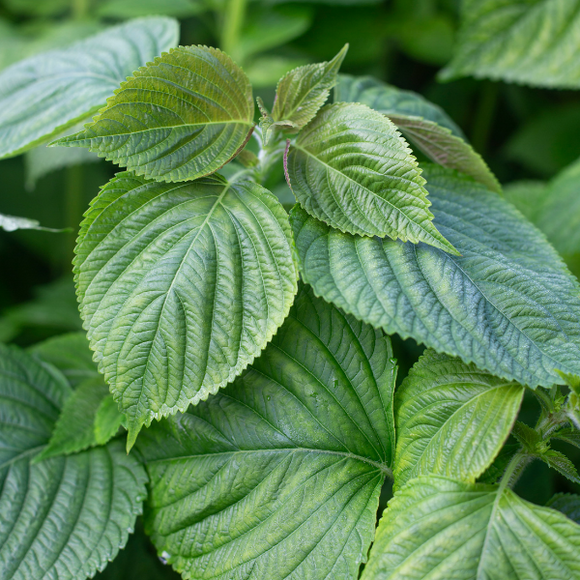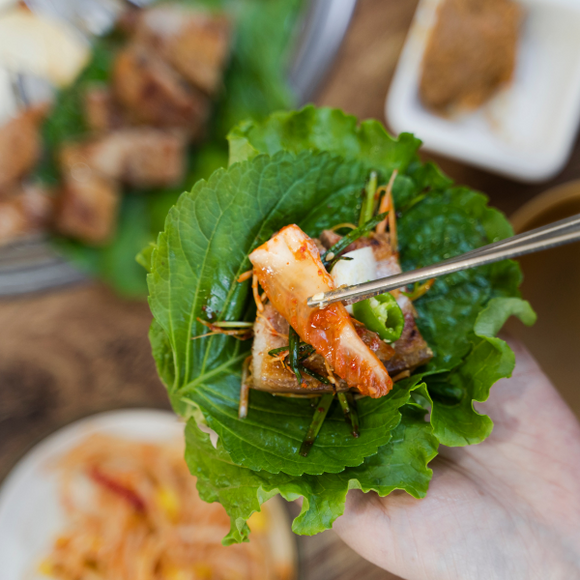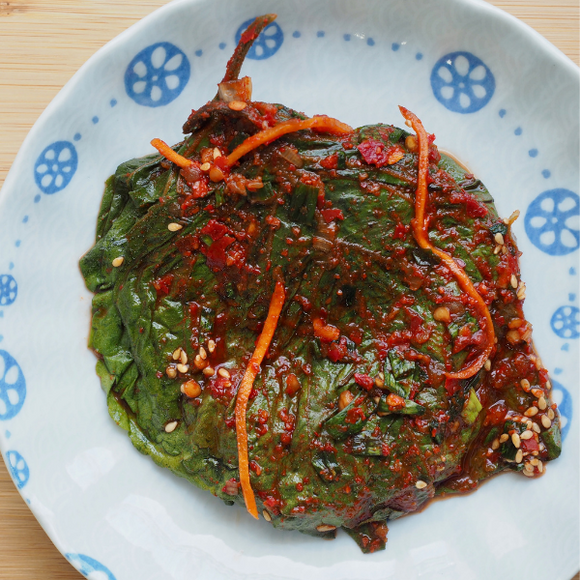-
Planting Seeds:
- Sow perilla seeds directly in the garden or in containers. Plant the seeds about 0.5 to 1 cm deep in well-draining soil.
-
Spacing:
- Space perilla plants about 30-45 cm apart to allow for proper growth and air circulation.
-
Location:
- Choose a sunny to partially shaded location for your perilla plants. They can tolerate some shade but generally prefer full sun.
-
Soil Preparation:
- Plant perilla in well-draining soil with a pH level between 6.0 and 7.0. Enrich the soil with organic matter like compost before planting.
-
Watering:
- Keep the soil consistently moist, especially during dry periods. Water at the base of the plant to avoid wetting the foliage.
-
Fertilization:
- Perilla doesn't require heavy feeding, but you can apply a balanced fertilizer during the growing season to promote healthy growth.
-
Lighting :
- Ensure that the daylight hours are at least 16 hours. It is recommended to install 60W incandescent lamps at a height of 1.8 to 2.0 meters from the ground for every 10 to 15 square meters. For additional lighting, apply from 24:00 to 02:00 for about 2 hours.
-
Mulching:
- Apply a layer of organic mulch around the plants to retain moisture, suppress weeds, and regulate soil temperature.
-
Thinning:
- Thin seedlings to the recommended spacing once they are a few centimetres tall to avoid overcrowding.
-
Pruning:
- Pinch back the growing tips periodically to encourage bushier growth and to prevent the plant from becoming too leggy.
-
Pest Control:
- Keep an eye out for pests such as aphids or spider mites. Use insecticidal soap or neem oil if pests become problematic.
-
Harvesting:
- Harvest perilla leaves as needed once the plants are established. The leaves are typically ready for harvest when they are a few centimeters in size.



